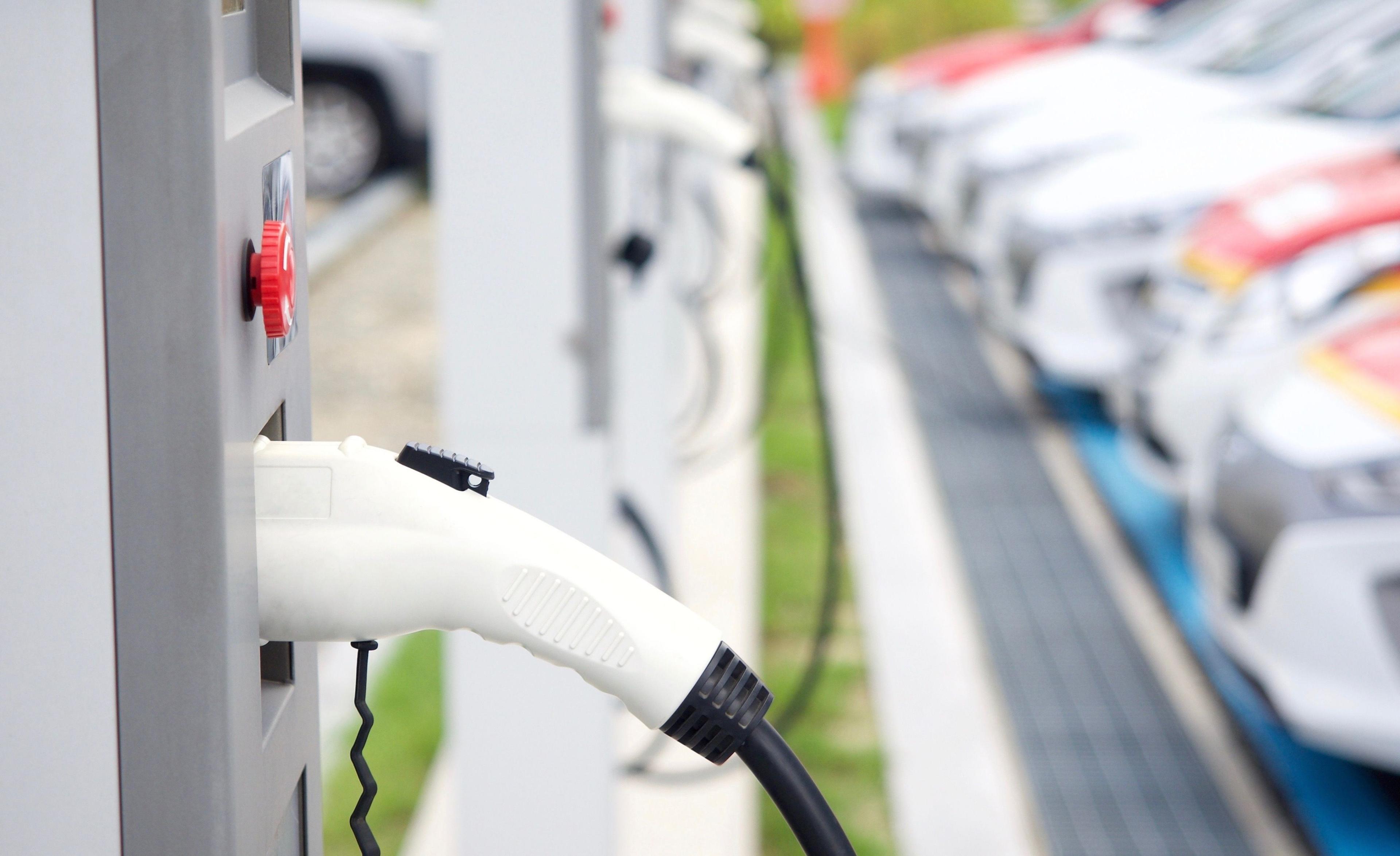Trend to emission-free deliveries
Amazon’s purchase of 100,000 electric delivery vehicles in 2020 made waves in the logistics industry, and the company has since delivered more than 20 million packages to customers in electric delivery vehicles. FedEx followed suit, pledging to replace 100 percent of its pickup and delivery truck fleet with electric vehicles by 2040; UPS ordered 10,000 electric delivery vehicles; and DHL is deploying electric vans to the streets of California and New York. As economic and environmental benefits of electric vehicle fleets steadily increase, and the administration’s prioritization of cleaner transportation advances, the successful first phase of logistics fleet electrification is now drawing attention to phase two: charging.
Challenges in electrifying commercial fleets
Electrifying a fleet often poses greater charging challenges than individual vehicles, and delivery companies face added pressures to maintain critical service schedules without interruption. When planning fleet electrification, take into account the following charging components:
Operating and charging times Specific operating times are dependent on varying factors such as delivery times, distances, route schedules, traffic, operating procedure, and much more. These factors create charging windows in which logistic vehicles must be charged in order to be operable for the next trip. If charging is uncontrolled, bottlenecks are likely to occur at the grid connection. Expanding grid connection to accommodate such energy demands, although possible, requires heavy investments in both time and money that many fleet operators cannot afford. Running multiple charging processes at the same time also causes peak loads, which then result in high electricity costs.
Vehicle requirements Each vehicle type is designed with different technical data, and therefore different requirements for charging. Charging power (measured in kW) determines the charging time and requirement of the grid connection – the higher the charging power, the quicker the vehicle can be fully recharged. Battery capacity is the storable energy (measured in kWh) and determines the range of the vehicle based on consumption. Imagine filling a bathtub. The greater the diameter of the faucet, the quicker the tub fills with water. However, how much water the tub can hold does not depend on the facet or water flow. Here, the diameter of the faucet represents charging power and the quantity of water the tub can hold represents battery capacity.
Electricity costs While an electric fleet can be more profitable over its service life than a conventional fleet thanks to fuel savings, electricity expenses can differ depending on charging times and load sizes. Understanding the local utility’s rate structure and time-of-use (TOU) tariffs can help avoid demand charges, but companies also have to weigh the impact this could have on fleet schedules.

Advantages of energy management
Energy- and cost-efficient charging is a strategic game. Creating a well-built charging infrastructure capable of charging multiple vehicles, simultaneously and on a rotating roster, helps delivery companies achieve the greatest operational savings while also ensuring reliable operations. Load balancing, which equally distributes charging power across all connected vehicles, minimizes grid connection to help companies lower peak loads and subsequent utility demand charges. It also avoids the need to expand the site’s existing electricity connection capacity. Staggering vehicle charging is another way to smooth out electricity demand to avoid demand charges, and for companies in utility territories that offer time-of-use rates, charging during off-peak hours helps take advantage of lower electricity prices. Want to learn more? Read how The Mobility House helped the Austrian Postal Service manage sophisticated charging strategies to achieve electrification goals and increase operational resilience.
